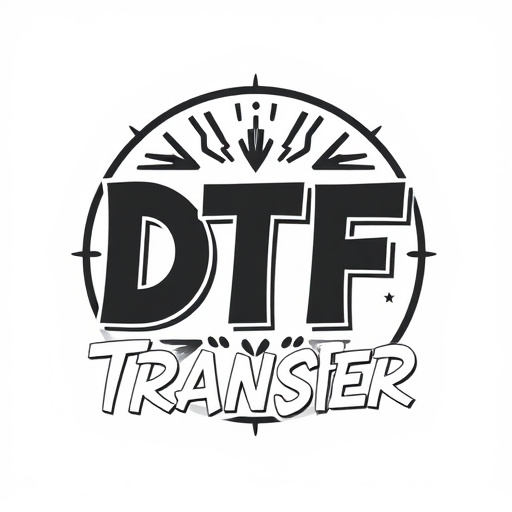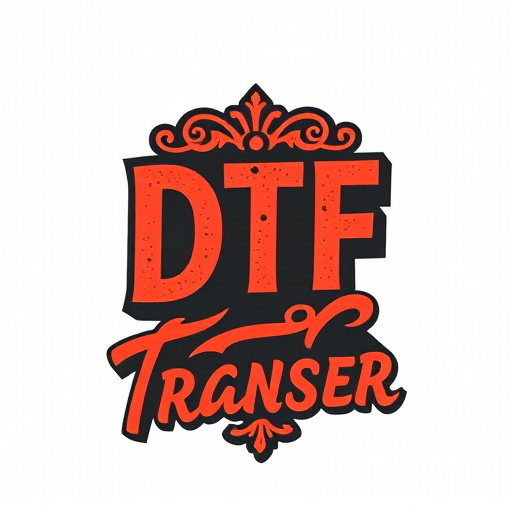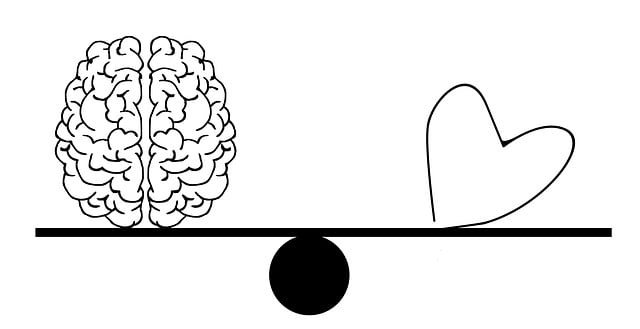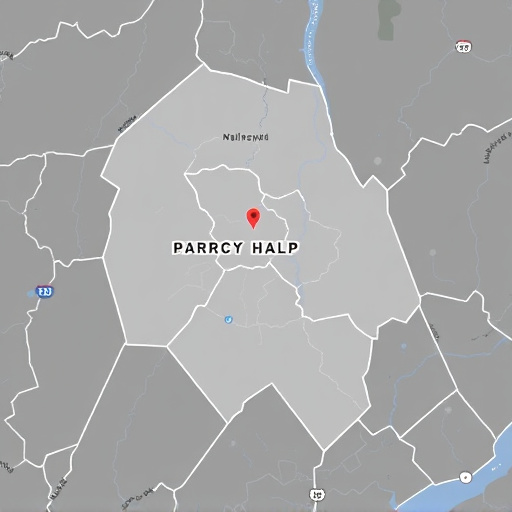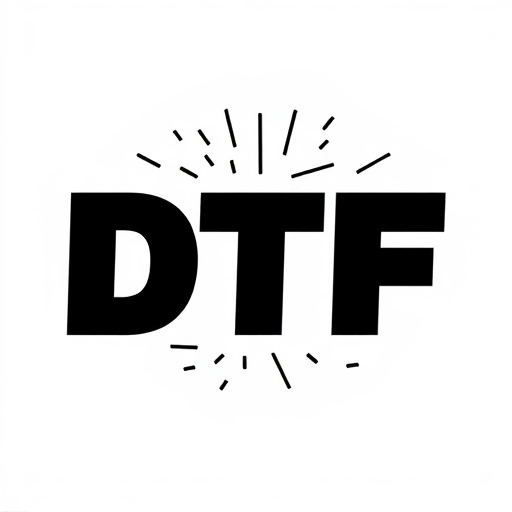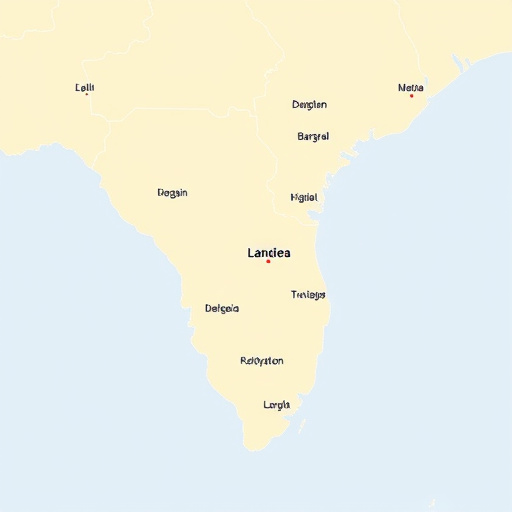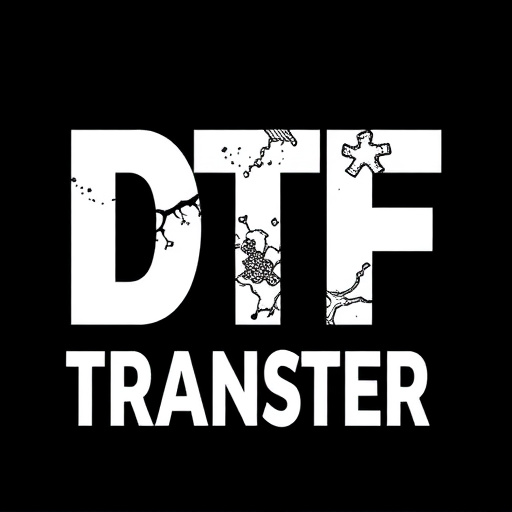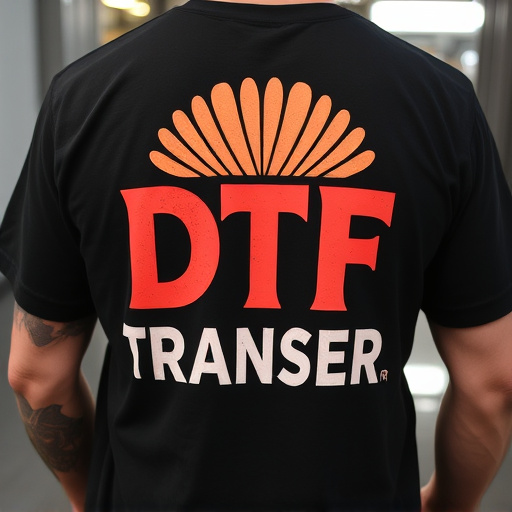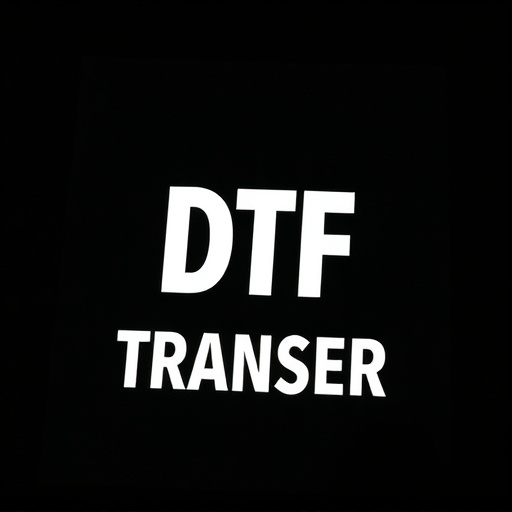Direct-to-Film (DTF) printing is a game-changing technology offering high-quality, versatile, and efficient ink transfers to various surfaces. By eliminating traditional steps, DTF speeds up production and enables the creation of vibrant, detailed prints on materials like metal, acrylic, and fabric. Specially engineered materials enhance ink adhesion, ensuring superior results for both professionals and creatives. With applications in apparel, signage, and custom products, DTF's future looks bright, driven by advancements in material science and digital printing technologies to expand its outdoor use and industry-specific applications.
Direct-to-film (DTF) transfers are revolutionizing printing with their ability to produce high-quality prints on various surfaces. At the heart of this process lies a specialized material that serves as an ink receptacle, enabling seamless transfer to films. This article delves into the intricacies of DTF technology, exploring how unique materials facilitate ink adherence for exceptional DTF prints. We’ll uncover benefits, applications, and future innovations shaping the DTF printing landscape.
- Understanding Direct-to-Film (DTF) Transfers: A Brief Overview
- The Role of Special Materials in DTF Printing Process
- How Ink Adheres to These Surfaces for High-Quality Prints
- Benefits and Applications of DTF Transfer Technology
- Choosing the Right Material for Specific Print Requirements
- Future Prospects and Innovations in DTF Printing Materials
Understanding Direct-to-Film (DTF) Transfers: A Brief Overview
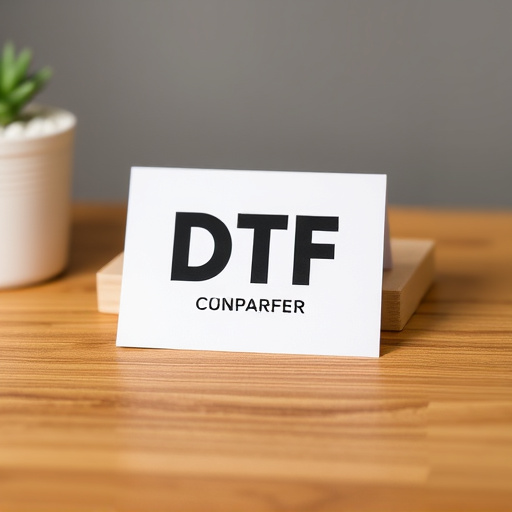
Direct-to-Film (DTF) transfers are a cutting-edge method in printing and imaging that offers an innovative way to create high-quality, durable prints directly on various film surfaces. This process eliminates the need for traditional intermediate steps, streamlining the production of films, posters, or even custom art pieces. DTF involves specialized materials that act as both carrier and ink reservoir, enabling precise application onto the desired film surface.
The key advantage lies in its versatility; DTF can be applied to a wide array of materials, from conventional photographic films to more unique surfaces like metal or acrylic. This technology ensures consistent, vibrant colors and sharp details, making it a favorite among artists and professionals alike for creating visually stunning direct prints. Moreover, DTF offers a faster turnaround time compared to traditional printing methods, making it ideal for urgent projects or those requiring prompt visualization of results.
The Role of Special Materials in DTF Printing Process

Special materials play a pivotal role in the Direct-to-Film (DTF) printing process, revolutionizing the way we create prints and designs. These innovative substances are specifically engineered to hold and transfer ink onto various surfaces, making the DTF method both efficient and versatile. In the realm of DTF transfers, the chosen material must possess unique characteristics to ensure optimal results.
The primary function of these special materials is to serve as a bridge between the ink and the substrate, enabling precise and vibrant DTF prints. Their structure allows for the absorption and retention of ink, facilitating a smooth and even application during the printing process. This ensures that final prints showcase rich colors, crisp details, and exceptional quality, meeting the high standards demanded by modern graphic design and printing industries.
How Ink Adheres to These Surfaces for High-Quality Prints
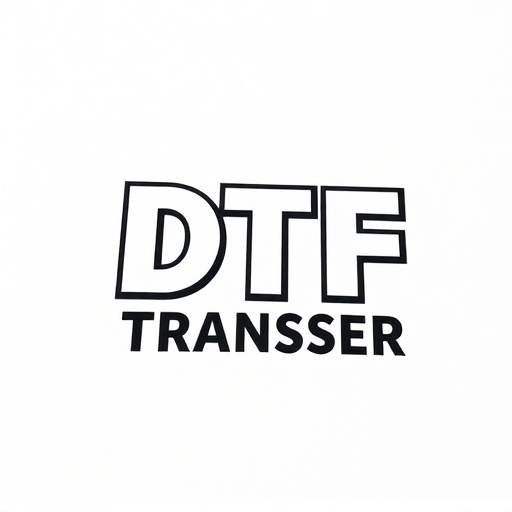
The quality of a direct-to-film (DTF) transfer heavily relies on how well the ink adheres to various surfaces. This intricate process involves specialized materials that enable the precise deposition of pigment onto film, ensuring vibrant and accurate DTF prints. The key lies in the unique properties of these materials, which facilitate strong adhesion between the ink and the substrate.
Surface preparation plays a pivotal role, with many DTF transfers utilizing roughened or primed surfaces to enhance ink bonding. This mechanical interaction increases the contact area between the ink and film, allowing for more even distribution and better hold. Additionally, chemical treatments or specific coatings can further improve adhesion, ensuring high-resolution and color-rich DTF prints that bring digital designs to life on various media.
Benefits and Applications of DTF Transfer Technology
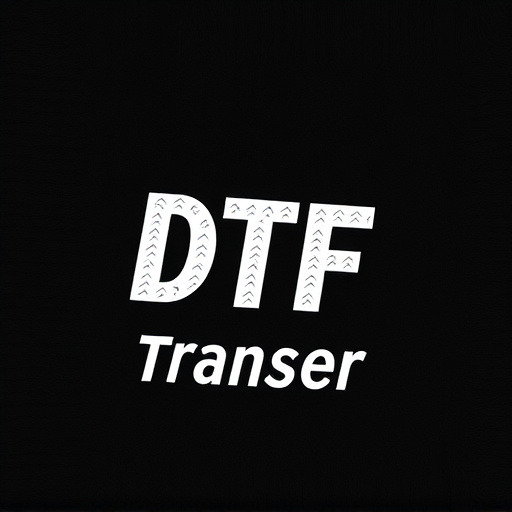
Direct-to-film (DTF) transfer technology offers a range of benefits that have revolutionized the printing industry, particularly for custom apparel and specialty products. One of the key advantages is its efficiency; DTF allows for direct application of ink onto various materials, eliminating the need for traditional screen printing processes. This streamlines production, reduces setup times, and enables rapid turnaround, making it an ideal choice for small batch runs and on-demand printing.
The applications of DTF transfer are diverse. It is commonly used in the apparel industry for creating unique designs on t-shirts, hoodies, and other clothing items, allowing businesses to offer personalized products quickly. Additionally, DTF printing has found its way into signage, offering vibrant and durable prints for outdoor displays and advertising materials. Its versatility extends to various substrates, including fabrics, metals, plastics, and even wood, making it a versatile solution for crafting custom items and promotional merchandise.
Choosing the Right Material for Specific Print Requirements
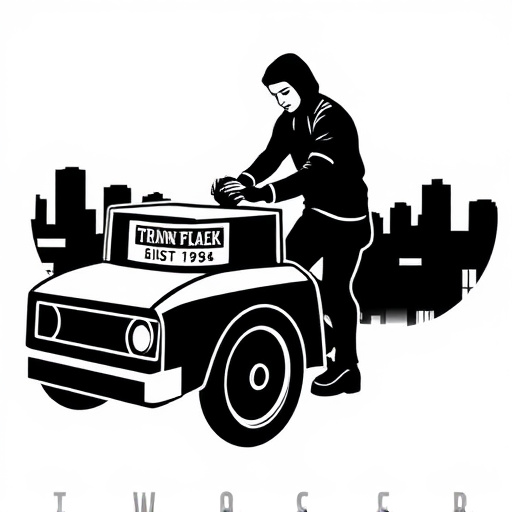
When it comes to direct-to-film (DTF) transfers, selecting the appropriate material is key to achieving high-quality DTF prints. The ideal substrate for DTF Printing should possess excellent ink adhesion and be suitable for the intended application. Factors like material composition, thickness, and surface texture play a significant role in determining the final output’s durability and aesthetics. For instance, flexible materials like vinyl are popular choices for creating removable decals or graphics that require flexibility and adherence to curved surfaces.
On the other hand, rigid materials such as polyester film are often preferred for long-lasting outdoor signage or advertising displays, offering superior resistance to environmental factors. Understanding your print requirements, including resolution needs, color accuracy demands, and expected lifespan of the final product, will help guide the material selection process. Each DTF transfer has unique characteristics, ensuring the chosen material aligns with the desired outcome, be it vibrant colors for indoor decorations or robust durability for outdoor advertising.
Future Prospects and Innovations in DTF Printing Materials
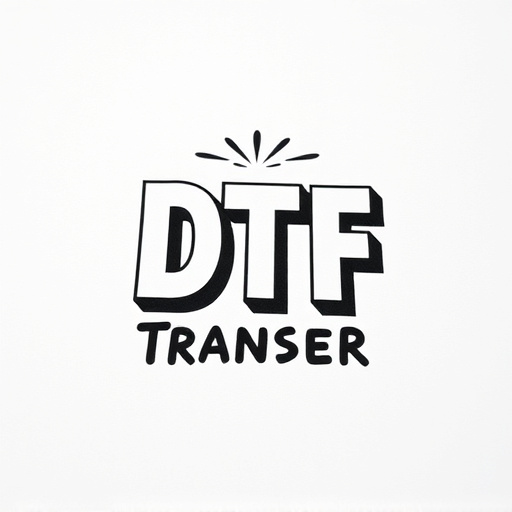
The future of Direct-to-Film (DTF) printing materials looks promising, with ongoing innovations pushing the boundaries of what’s possible in this technology. Researchers and manufacturers are exploring new mediums that can enhance print quality, speed, and durability. One area of focus is developing special ink formulations tailored for DTF transfers, offering vibrant colors, improved adhesion to various substrates, and weather resistance. These advancements aim to make DTF prints more versatile, suitable for outdoor applications, and long-lasting.
Additionally, the integration of advanced digital printing technologies with DTF processes is on the horizon. This fusion could result in higher precision, automated systems, streamlining production and reducing human error. As technology evolves, we can expect to see more specialized materials designed for specific industries, such as automotive, textiles, and packaging, revolutionizing how brands bring their designs to market quickly and efficiently through DTF printing.
